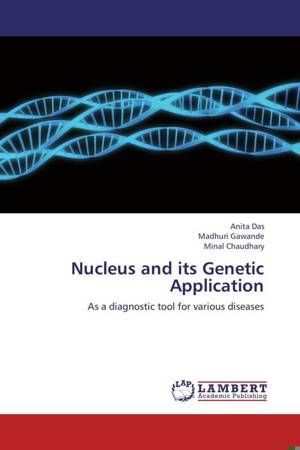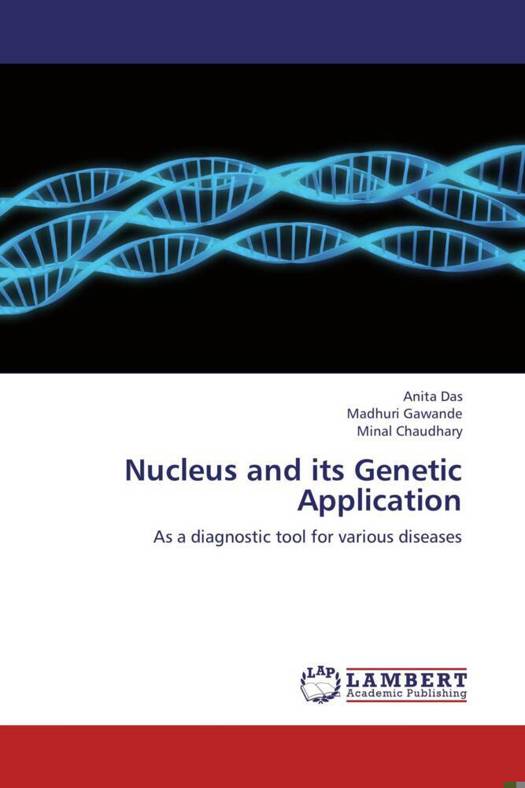
- Afhalen na 1 uur in een winkel met voorraad
- Gratis thuislevering in België vanaf € 30
- Ruim aanbod met 7 miljoen producten
- Afhalen na 1 uur in een winkel met voorraad
- Gratis thuislevering in België vanaf € 30
- Ruim aanbod met 7 miljoen producten
Zoeken
Nucleus and its Genetic Application
As a diagnostic tool for various diseases
Anita Das, Madhuri Gawande, Minal Chaudhary
Paperback | Engels
€ 48,45
+ 96 punten
Omschrijving
Nucleus, known as the control house of a cell has now become a point of research attraction due to the presence of genes on the chromosomes of the nucleus. The nuclear gene represents the genome of the original host cell. The majority of the proteins of a cell are the product of mRNA transcribed from the nuclear gene. These proteins in turn control the overall function of the whole human body. In addition, there are nuclear genes that encode non-translated regulatory RNAs. Genes in the nucleus are arranged in a linear fashion upon chromosomes, which serves as a scaffold for replication and regulation of gene expression. As such, they are usually under strict copy number control, and replicate a single time per cell cycle. Genetic diseases constitute a major percentage of all diseases, both organic and inorganic. Most of the genetic disorders are due to point mutation, deletion, whole chromosomal aberration and trinucleotide repeat disorders. Genetic disorders, if possible, to correct through gene replacement therapy can add smile in the face of thousands of sufferers throughout the world.
Specificaties
Betrokkenen
- Auteur(s):
- Uitgeverij:
Inhoud
- Aantal bladzijden:
- 100
- Taal:
- Engels
Eigenschappen
- Productcode (EAN):
- 9783659270116
- Uitvoering:
- Paperback
- Afmetingen:
- 150 mm x 220 mm

Alleen bij Standaard Boekhandel
+ 96 punten op je klantenkaart van Standaard Boekhandel
Beoordelingen
We publiceren alleen reviews die voldoen aan de voorwaarden voor reviews. Bekijk onze voorwaarden voor reviews.











